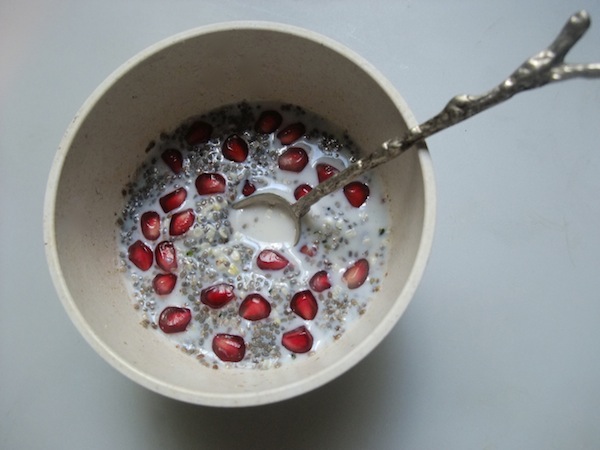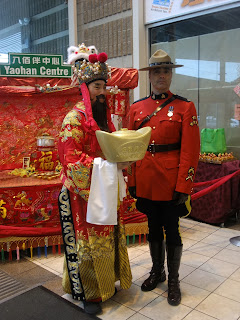Six years after I requested these documents under Freedom of Information Act (FOIA) rules, USDA recently released unredacted copies of documents about a $60 million financial transaction between USDA's National Pork Board (a semi-public "checkoff" program) and the National Pork Producers Council (a pork industry association).
The documents reveal the shaky basis for the Pork Board's 2006 purchase of the "Other White Meat" brand from the National Pork Producers Council for $60 million. It looks to me like the sale price was drastically inflated as a way of funneling money from the semi-public checkoff program to the private-sector trade association.
Here is how it works. The checkoff program collects more than $40 million each year in mandatory assessments from pork producers -- whether they want to contribute or not -- using the federal government's powers of taxation. Some dissident pork producers object to this tax, but the Department of Justice forces them to pay up. The federal government says that the advertisements serve the public interest and officially are recognized as "government speech." There are rules about how pork checkoff money must be spent. For example, it is not supposed to be used for lobbying.
Some pork industry executives wished this restricted money could be transferred to the National Pork Producers Council, which faces fewer rules and is allowed to lobby as much as it likes. In 2006, with USDA approval, the NPPC sold the property rights to the "Other White Meat" brand to the pork checkoff program for $60 million, payable at $3 million per year for 20 years.
That year, I asked USDA's Agricultural Marketing Service (AMS) to share the appraisal on which this sale was based. Who said this brand was worth $60 million? Was there any risk that some other entity was going to bid up the price and steal the brand out from under the pork checkoff program? Can you imagine, "Avocados: the Other White Meat"?
AMS refused to share the documents. When I filed an administrative appeal, AMS shared only a redacted version,
with key passages blacked out. The agency claimed the missing information was "pre-decisional" and "deliberative" and hence not subject to FOIA rules. I always knew this reason was unconvincing, but I never had the money or the stomach to file a lawsuit to press the point.
Now, six years later, the documents were released from USDA to the Humane Society of the United States (HSUS),
as part of a lawsuit which has also filed a lawsuit challenging the legality of the "Other White Meat" purchase [Note Feb. 26: edited slightly to clarify that the HSUS originally received the documents in a proceeding that was separate from the lawsuit]. The HSUS
had become curious about the pork checkoff program, because checkoff funds were being used to criticize the animal welfare society.
In the unredacted documents, it seems clear that there is no justification for accepting the $60 million price as legitimate. The pork checkoff program seems to have agreed to an inflated price. The documents claim that it would cost $36 million to rebuild a brand to replace the "Other White Meat" brand over 7 years if the pork checkoff program did not purchase the property. With payments spread over 20 years at a specified interest rate, the total payments would be $60 million.
One problem with this computation is that it calculates interest on the payments over 20 years but wrongly treats the $36 million cost as if it happened instantaneously. If one amortized the $36 million cost over 7 years, it would have been much smaller, and hence the total payment over 20 years also would have been much smaller than $60 million.
A second problem with this computation is that much of the original equity in the "Other White Meat" brand was built with pork producer checkoff moneys. Asking them to pay again to purchase the brand seems like double-billing.
A third problem is that this computation assumes the pork checkoff program was under some real threat of losing the brand. Really, the National Pork Producers Council never had any other buyer.
In the following images, you can see the redacted and unredacted versions of one key document. Three things to notice are:
(1) The author is Mark Williams, a long-time insider who had an early role in developing the "Other White Meat" brand. He is not an independent appraiser.
(2) There was nothing "pre-decisional" or "deliberative" about the redacted passsage. That was just an excuse to avoid sharing with me the passage that was most embarrassing for the checkoff program.
(3) The unredacted passage admits plainly that there never was any other buyer for this brand. In the formerly blacked out passage, Mark Williams says, "While 'The Other White Meat' is extremely well known, it is recognized (principally in the U.S.) as being synonymous with (fresh) 'pork,' which strongly suggests that no branded marketer would be able to gain enough benefit from its use to make them a likely buyer." That's exactly what I thought in 2006!
You can see why the pork checkoff program fought so hard to keep this information secret. The whole purchase seems very wrong to me. I think the hard-working pork producers themselves are being victimized as they are forced to pay up for such nonsense. And I don't think the federal government's semi-public checkoff program should be set loose from the rules that normally circumscribe how checkoff money is used.
This sale should be reversed and the ongoing annual payments should be stopped.
Redacted version (2006)Unredacted version (newly released)










































